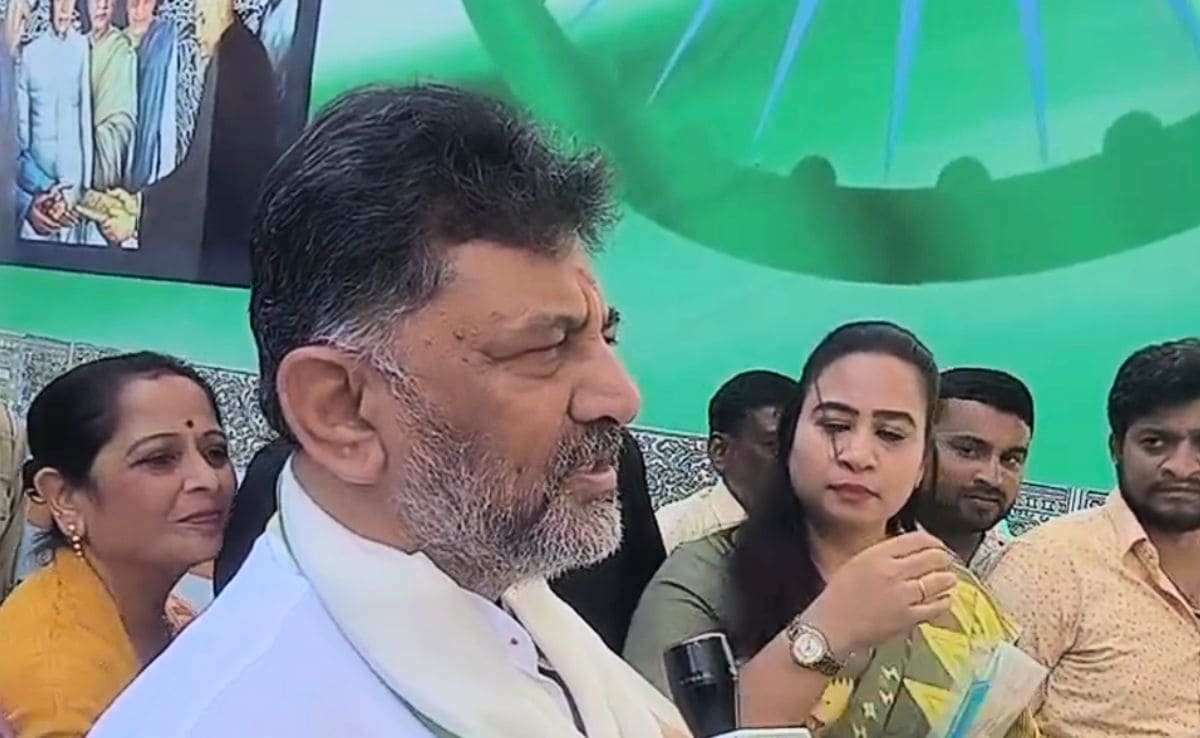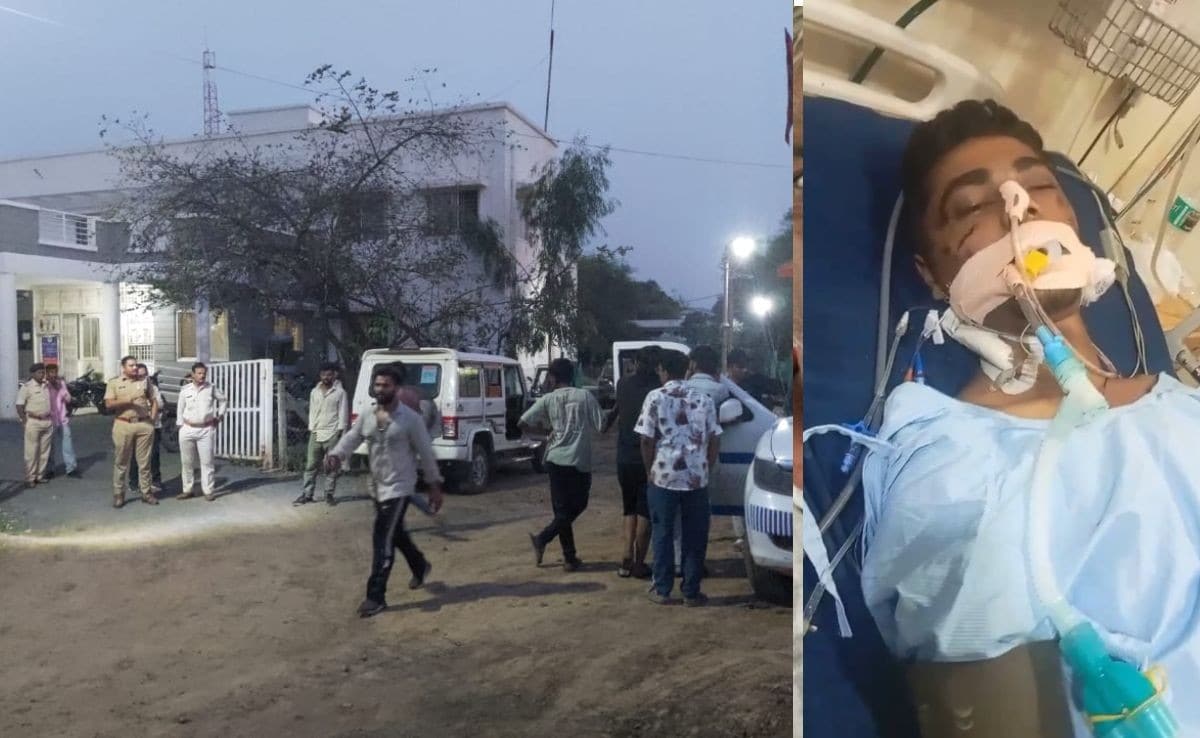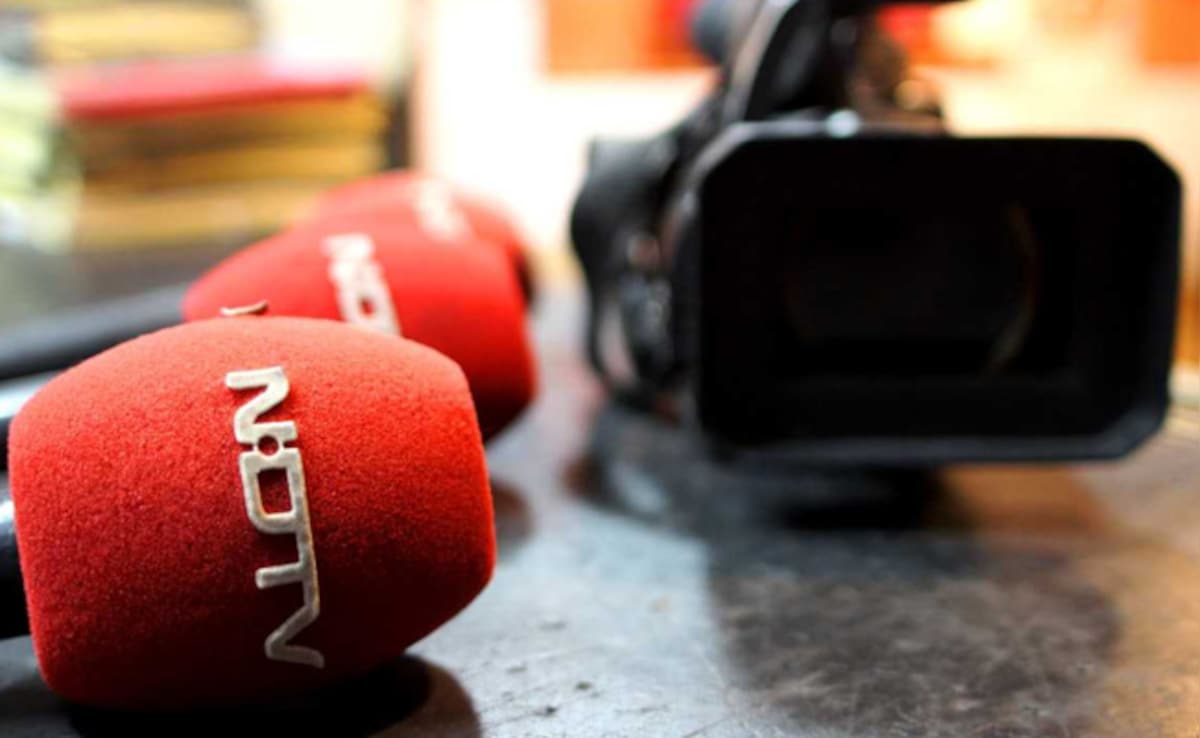<p>Iran’s Supreme Leader Ayatollah Ali Khamenei, now 86, is navigating what may be the most challenging chapter of his rule. With regional alliances under strain, military setbacks mounting, and internal unrest simmering, the man who has held Iran’s highest office since 1989 finds his decades-long grip on power increasingly tested.</p>
<p>Khamenei, often described as the most powerful figure in the Islamic Republic, retains sweeping control over all major state organs—including the judiciary, the military, and nuclear policy. Yet, the twilight of his reign appears more fragile than formidable.</p>
<h3><strong>Ayatollah Ali Khamenei: From Revolutionary Firebrand to Supreme Leader</strong></h3>
<p>Born in the city of Mashhad to a clerical family of modest means, Khamenei was drawn into politics in the 1960s under the influence of Ayatollah Ruhollah Khomeini. His opposition to Shah Mohammad Reza Pahlavi led to multiple imprisonments. By the late 1970s, he was a central figure in the Islamic revolution.</p>
<p>Following the 1979 overthrow of the Shah and Khomeini’s return, Khamenei’s rise was swift. He became president in 1981, surviving an assassination attempt that left his right arm permanently paralysed. When Khomeini died in 1989, constitutional amendments enabled Khamenei to take over as Supreme Leader, despite lacking the highest clerical rank.</p>
<p>According to The Guardian, he consolidated power over Iran’s complex post-revolutionary apparatus and gradually built a regime deeply reliant on security forces—especially the Islamic Revolutionary Guard Corps (IRGC), which dominates not just military affairs but also Iran’s economy and foreign policy.</p>
<h3><strong>The “Axis of Resistance” and Strategic Outreach</strong></h3>
<p>Under Khamenei’s leadership, Iran expanded its influence through armed proxies such as Hezbollah in Lebanon, the Houthis in Yemen, and Shiite militias in Iraq and Syria. This regional network was often referred to as the “axis of resistance.”</p>
<p>Despite his ideological rigidity, Khamenei has at times allowed tactical flexibility. In 2013, he introduced the notion of “heroic flexibility,” which paved the way for Iran’s eventual participation in the 2015 nuclear deal aimed at curbing sanctions.</p>
<p>Even while expressing deep mistrust of the United States and Israel, Khamenei allowed limited engagement. As Reuters reported, he sharply rebuffed a letter from US President Donald Trump proposing a new nuclear deal, warning that any foreign aggression or internal sabotage would be met with firm resistance: “The enmity from the U.S. and Israel has always been there. They threaten to attack us… but if they commit any mischief they will surely receive a strong reciprocal blow.”</p>
<p>The once-formidable axis Khamenei nurtured is now under strain. The October 7, 2023, Hamas attack on Israel unleashed a chain reaction of counterstrikes, severely damaging Iranian-backed groups in Gaza, Lebanon, and Yemen. The ousting of Syrian President Bashar al-Assad, one of Tehran’s closest allies, in December 2023 further weakened Iran’s strategic posture.</p>
<p>Internally, dissent has remained a constant threat. From the 2009 Green Movement protests to the 2022 uprising after the death of Mahsa Amini, Khamenei’s government has responded with harsh crackdowns, including arrests and executions. Economic hardships, state repression, and a growing generational divide have alienated many Iranians from the regime.</p>
<p>As per Reuters, Khamenei—initially perceived as a weak leader due to his limited religious standing—has defied expectations. Analyst Karim Sadjadpour described him as having evolved “from a weak president to an initially weak supreme leader to one of the five most powerful Iranians of the last 100 years.”</p>
<h3><strong>Khamenei ‘Backed Into A Corner’</strong></h3>
<p>Khamenei now resides with his family on Palestine Street in Tehran. Although he publicly promotes a life of austerity, critics question the authenticity of that image. His financial clout is bolstered by Setad, a multi-billion-dollar parastatal foundation under his control.</p>
<p>In a rare public appearance in October 2024, he addressed supporters in a Tehran mosque with defiance. Referring to Israel, he declared, “Israel won’t last long,” and urged Iranians to remain steadfast against external threats.</p>
<p>The remarks came after an Israeli airstrike killed Hezbollah’s long-time chief, Hassan Nasrallah, a personal ally of Khamenei. Retaliatory missile and drone strikes by Iran followed, but they failed to deter further Israeli attacks—exposing weaknesses in Iran’s air defence systems once considered robust.</p>
<p>According to The Guardian, Khamenei is now “backed into a corner”—a position he had long avoided through a mix of ideological absolutism, pragmatic manoeuvres, and reliance on powerful proxies.</p>
<p>As speculation over his successor grows, the fate of the Islamic Republic’s theocratic rule appears increasingly uncertain. The final chapter of Khamenei’s rule may be remembered not for his consolidation of power, but for the gradual erosion of the revolutionary empire he worked so long to build.</p>
World
Who Is Ayatollah Ali Khamenei? Iran’s Supreme Leader Facing His Biggest Test Yet Amid Conflict With Israel
by aweeincm

Recent Post

Probe Agency Summons DK Shivakumar In Fraud Case Linked To Conwoman: Report
The Enforcement Directorate has summoned Karnataka Deputy Chief Minister D ... Read more

9-Year-Old Boy Slapped, Humiliated In Delhi Market, 3 Arrested: Cops
A nine-year-old boy was allegedly slapped, humiliated and verbally abused ... Read more

Man Beaten By Cow Vigilantes In Madhya Pradesh Dies, Another Critical
Mehgaon, a small town in Madhya Pradesh’s Raisen district, is ... Read more

NDTV Most Popular For News In India, TV And Digital: Reuters Institute Report
Consolidating its dominance in the news landscape, both online and ... Read more